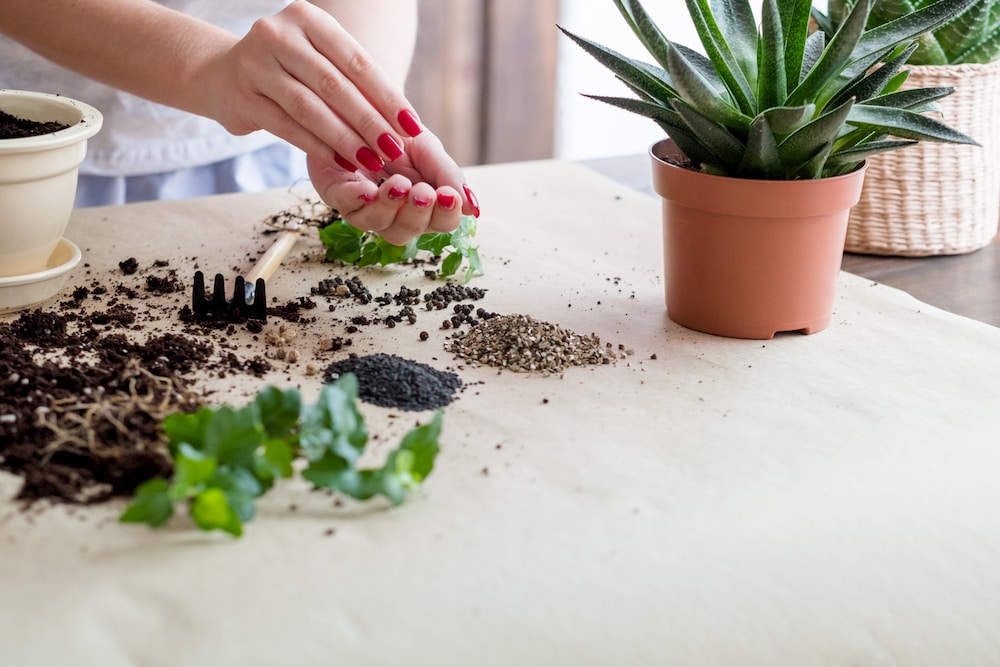Growing veggies from seed you’ve personally collected must be the holy grail of sustainability.
But how difficult, laborious, or plausible is it?
Canberra Seed Savers is a local cooperative network in and around the ACT and they hold workshops on the second Saturday of every month at the Canberra Environment Centre.
The workshops cover: the basics of seed saving, potential issues from cross pollination, trying to save pure seed, and different types of processing.
Kat from Canberra Seed Savers is enthusiastic about this gardening and sustainability practice.
“From an acorn seed, you get a huge acorn tree that dwarfs any one of us and can weigh many tonnes, just from one seed that easily fits in the palm of your hand,” she said.
“One of the things that I’m quite passionate about is seeds, I think they’re quite magical and quite special.”
Kat said seed saving helps ensure food security and is important for her and her family to have flexibility and empowerment in their own food production.
“We’re protecting our biodiversity,” she said.
Kat said there used to be thousands of available varieties of beans, lettuce and root vegetables, but over the last five decades big companies like Monsanto have reduced genetic diversity.
“Now if you go to the shops, you might only see one or two different varieties of tomatoes, whereas 50 years ago, there might have been 10 or 20 different varieties of tomatoes.
“That’s where growing and saving your own seed can open up this whole diverse world of different seeds that you have access to,” she said.
“To start with, whatever you’ve got is good. You’ll find once you get into it, you’ll have a lot more opportunities to share your seed library with neighbours and family and friends.”
Tips for producing plants for seed saving
To produce plants for seed, it’s important to spread them out in your garden, plant them on different sides of the garden, or stick to planting only one time per season.
Take care to reduce cross pollination.
Identify, tag and mark plants designated to eating or seed production.
Kat said the golden rule of seed saving was to take seeds from the most desirable plant in your garden and only harvest once they’re ready.
Save tomatoes seeds
To save tomato seeds, cut the fruit and scoop out the seeds.
Put seeds in a jar and fill up the jar with water from the tap.
Put the lid on and leave it somewhere out of the sun, but somewhere not too cold.
You want the water and the fruits and sugars in the tomato to start to ferment.
Over a few days to a couple of weeks, this fermentation will break down the flesh in the seeds.
The fermentation is underway when a foamy or bubbly layer forms at the top of the fruit.
When it’s getting close to being ready, you’ll see a top water layer, quite rich in colour and all the seeds should be at the bottom of your jar.
Decant the top layer of the juicy frothy ferment water seeping out of the jar, leaving your seeds at the bottom of the jar.
Refill the jar with fresh water and then let the seeds sink again.
Decant that water out again and repeat the process of washing the seeds with water.
Kat said with this process they will store much better than dry processing.
Existing seed banks in Canberra
If seed saving is not for you, there are local seed banks at your disposal.
The Canberra Environment Centre has a seed library.
And a future endeavour of the Canberra Seed Savers to open a seed library at libraries across the ACT.



